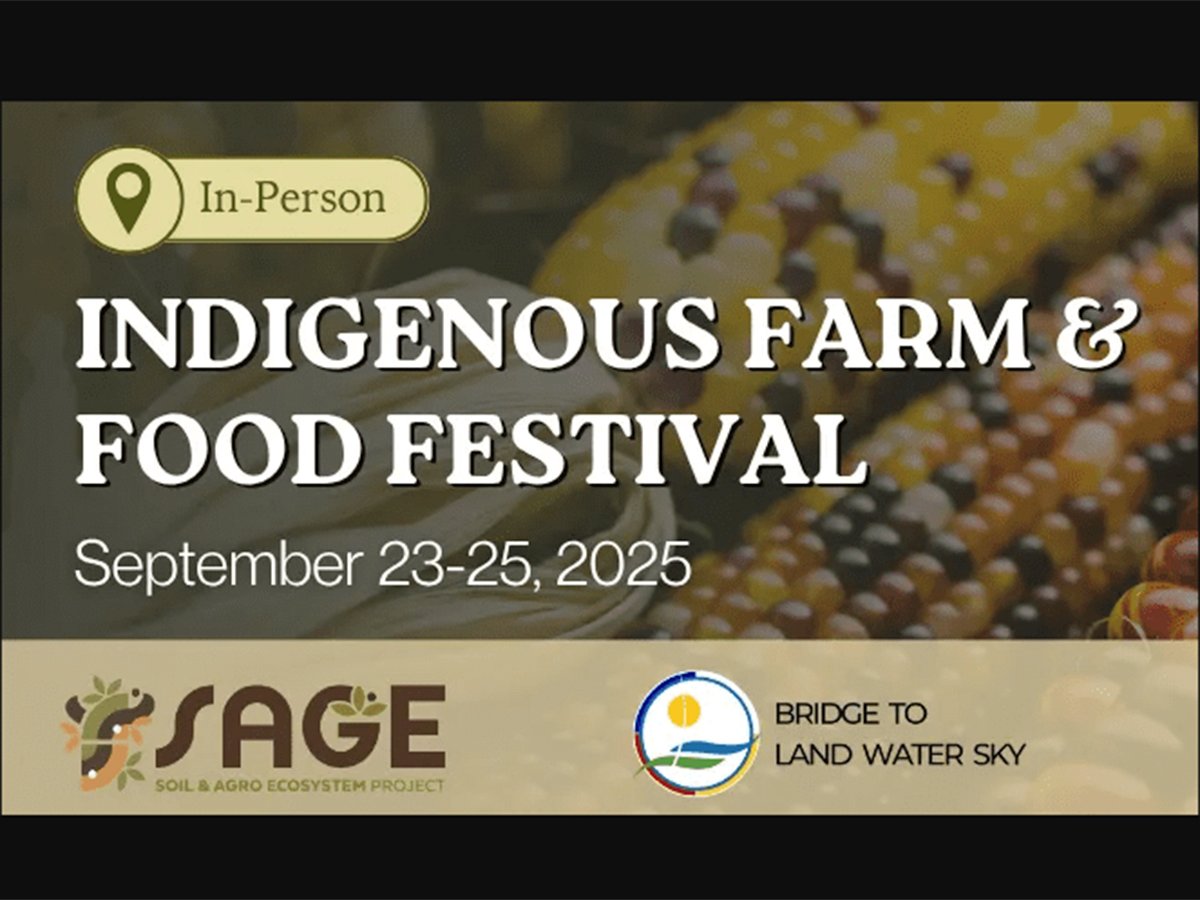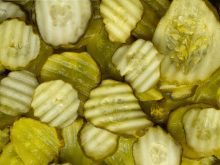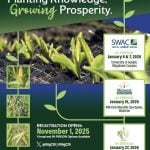In August, Shyon Baumann and Josée Johnston posited that “climate science makes clear that western nations must reduce meat intake across all demographics.”
Grain crops deplete soil health, and when used as fuel and feed for meat and milk, from livestock, reduce caloric production efficiency and lower overall food system capacity. The priority use for grain crops should be as food crops.
Co-researchers and I determined that Ontario could use 41 per cent less arable land by not growing grain dedicated for livestock. Instead, that arable land could directly grow human food crops, while maintaining sufficient animal protein for an adequate diet.
Read Also

Finding the sweet spot where ag science meets ag culture
Soon, many will look at practices such as seeding marginal acres to forage, growing cover crops and livestock integration and ask why they didn’t do this sooner.
In Ontario, more than two million acres of corn (No. 2 yellow dent) is specifically adapted for livestock feed and ethanol production and not for human food.
Perennial forage crops such as clover, alfalfa and timothy are soil-restoring crops that can be strategically grown in association with grain crops and/or in rotational sequence with grain crops.
Forage crops cannot be digested by people but are converted to meat and milk by ruminants (cattle, sheep).
Traditionally, poultry and hogs also grazed forage fields and were fed byproducts and failed food grains which did not meet human food specifications.
In modern mainstream agriculture, the livestock tail is wagging the entire food system.
Production is maximized per animal, therefore committing larger areas of arable land to grow sufficient grain crops as high energy inputs to achieve the most meat, milk and eggs from each pig, cow and chicken.
Expanding land access to grow livestock feed, often by cutting rain forests (where even 80 per cent of soybeans are livestock feed), exacerbates the problem.
Given the stash of previously emitted carbon dioxide and ongoing excess greenhouse gas emissions, volatile weather will increase.
Yields may collapse in different regions, in different years due to varying expressions of volatile weather, with overall reduced global food supplies.
Capacity to grow crops is decreasing, especially in the Amazon and in Africa.
Canadian farms also faced drought in 2025, with increasing uncertainty about future crop growing conditions.
Growing grain for livestock and fuel is ecologically prohibitive and an increasing economic risk. Let’s switch to more food crops on arable land, adjusted for soil characteristics and historical and anticipated local weather patterns.
Prolonging our current path compels a harsh response from nature. Prioritizing food crops will decrease the probability of food system collapse.
To contextualize, Americans and Canadians now eat more than seven times the planetary health diet’s recommended amount of red meat.
An option for increasing land dedicated for food crops is to adjust government-supported crop insurance programs to improve benefits for food crops, while concurrently decreasing payments for grain crops used for feed and fuel.
Grain farmers might choose to accept volatile weather risks for livestock and fuel grain crops, on their own dime, when insurance, subsidies and emergency payments stop.
The program could permit failed food crops (appropriately defined) to be eligible for insurance payments, and also to be fed to livestock to retain nutrients for human consumption.
Many “aggie” colleagues will dispute my recommendation and suggest cautious steps over time, given prevailing sunk investments.
Most consumers expect continuing access to cheap food. However, at least one in four Canadians are already food insecure, which is an income problem.
Addressing low incomes will be even more crucial as declining global food production causes higher food prices. The travesty of wasted food may abate as a fortunate side-effect.
Food connects us to Earth. We owe it respect, with all associated inconveniences and disruptions.
Ralph C. Martin, Ph.D., is a retired professor from the University of Guelph.















